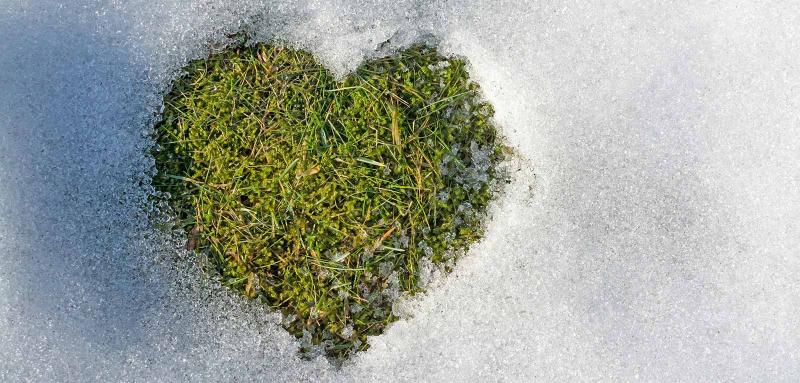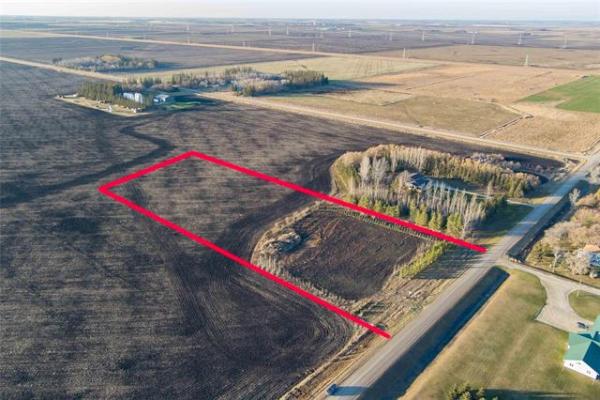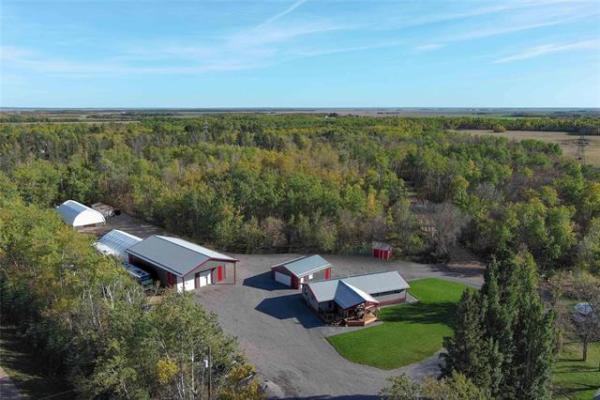Each spring we watch the snow melt, hearing the geese return while diligently keeping tuned to the weather and tracking the minutes of increased daylight. Each year, we witness the advancing of spring at different times; sometimes it’s dragging on while other years blessing us with a reprieve from a wintery grip.
This year, spring seems to be teasing us with combinations of warm sunny days and mild temperatures. This early melting of the snow and the warm days give us hope to an early gardening season. This may be the case but Mother Nature has and may still remind that we may not be out of winter’s reach. Such as on a couple days this spring, already we witnessed her delicate dusting of "white stuff – snow". Traditionally, the May long weekend was "the date" that demanded the gardening to commence. Each year, this date changes; each year we adapt to when spring shows itself. We know the prairies may experience frost up to June 1.
For a gardener, weather is the key to what may be accomplished in a garden. Taking advantage of this season’s early melt allows the gardener to take advantage of the weather to get some tasks completed before the planting portion of the season commences.

As snow melts, we take notice of lawns where damage may have occurred from either voles ; damage caused by sump hoses or by snow molds formed under the piles of snow that were in the yard. Vole damage will be evident as the lawn dries revealing patches or trails of lawn that is no longer attached to its roots. It becomes even more evident when the lawn is thawed and dry as we commence raking and thatching encouraging new spring growth. Thatching and racking should be done when the lawn is no longer frozen and has been allowed to dry. Walking on lawns which are still damp causes compaction of the lawn. Areas where sump hoses have been actively working will show telltale signs of grass damage (yellow, decayed lawn). These areas will have to be heavily thatched and over seeded with grass seed and a peat moss mixture for re-growth. It is also a reminder at this time of year to place sump hoses away from gardens and bases of trees as the warmer water from the home may "waken" plants too soon from dormancy. Sump hose discharge onto lawns and trees during the spring thaw causes detriment to most gardens (trees /shrubs and perennial beds).

Take notice of trees and shrubs in the garden early before the leaves bud open allows you to spot problems such as broken branches or animal damage by voles, rabbits and sometimes deer. Spotting the damage early helps you to seek the solution to the damage. Some trees and shrubs will benefit from light pruning of damaged branching or requiring shaping/ change in plant height. Some shrubs and trees may even have had limbs die over the winter. (You may not notice this early in the season if there is no leaf buds formed yet. If this is the case you may need to prune out the dead branches a few weeks later when the absence of leaves from these branches shows). Note that shrubs and trees like forsythia, lilacs, mockorange and maples should not be pruned in the spring.

Check the base of shrubs and trees as well. Remove the buildup of leaves which may have settled at the base of these. This build up may reveal damage done to the trunks or main stems. Voles and rabbits are sometimes notorious for chewing through the bark of plants. Smaller nibbles will scab over eventually healing. Larger damages may require an application of an artificial bark or paste to seal the bark. Sometimes you will find the trunks of trees eaten completely around the entire ring of a tree’s trunk. If chewed too deeply into the cambium or outer bark, this may cause the demise of your tree. A tree may not show the signs of this demise this season as a tree already has stored energy in its upper growth for the new season. It will be the second year after the damage has occurred that it will succumb to the damaging cause.
As much as we desire to be in our gardens early, there are things that we can do and things we should wait to do. Investigating how our trees and shrubs faired over the winter while doing a bit of pruning is one thing that may be done. Raking up large patches of debris which has blown into the yard is another chore. Maybe delay the racking up of all the leaves in the garden as it still may be too cold for the hibernating ladybugs who take refuge in such areas. Removing the buildup of sand from our curbside lawns is always a good thing to do. If we do some tasks now, it will make the next few ones not seem like a chore. It will make planting season even more enjoyable than ever.
St. Mary’s Nursery & Garden Centre is greening up with this season’s plants which will be available this spring. A visit to St. Mary’s will inspire you and has the expertise to help you with your gardening needs.








